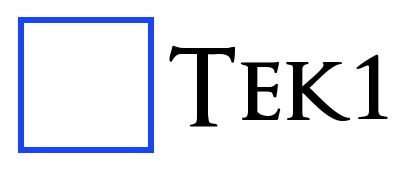Near face (NF): Near face is a front view of the precast wall.
Far Face (FF): Far face is an outside view or trowel face or table face of the precast wall.
- Near face and Far face indication playing a major role on shop drawings to identify the component placing for factory people while manufacturing panel. (Refer Fig.02)
- At initial stage we draw the panel footprint on marking plan and fix the panel view based on where the panel comes like inside or outside of the building.
- In marking plan, we viewing the panels both inside and outside of the building because to achieve architect and structural aspects or requirements and to avoid some manufacturing difficulties.
- The below mentioned details are used to fix the views for precast panels from marking plan.1. To View from inside of the building:
- Good table finish will be on Far face.
- Grooves, patterns, different profile design comes at outside of the building, so it will easy to assign profiles on far face of the panel and it will be on table face on factory. (Refer Fig.03 & 05)
- For upstand or corbel to be comes at near face of the precast panels to avoid manufacturing difficulties.
- If any bars connecting to in-situ at near face, we also view the panel from inside.2. To View from outside of the building:
- For basement level panels no need trowel finish or good table finish on far face of the panel (Outside of the building). In this case we looking the panels from outside of the panel.
- If panel have upstand or corbel profiles at outside of the buildings, we need to view the panel from outside to avoid manufacturing difficulties on factory. (Refer Fig.01)
- In few cases, building inside is fully balcony and outside side is partially inside of the building. So, this kind of scenario we viewing the panel from outside of the building due to panel finish. (Refer Fig.04)
General:
- For multi-storied buildings, we follow the same elevation number for same set-out from lower level to above levels.
- The starting level of panels we will fix viewing direction as per current level architectural and structural aspects.
- Some cases the lower-level panels come at inside of the building and above level panels comes at outside of the building. In this case we viewing the panels same as per lower levels but we flipped the above level panels for manufacturing purpose.
Advantages:
- Drawing study is easy for factory people.
- It will reduce the time delay of manufacturing the panels.
- It will also avoid the manufacturing difficulties and Errors.

Fig.01

Fig.02

Fig.03

Fig.04

Fig.05

Leave a Reply